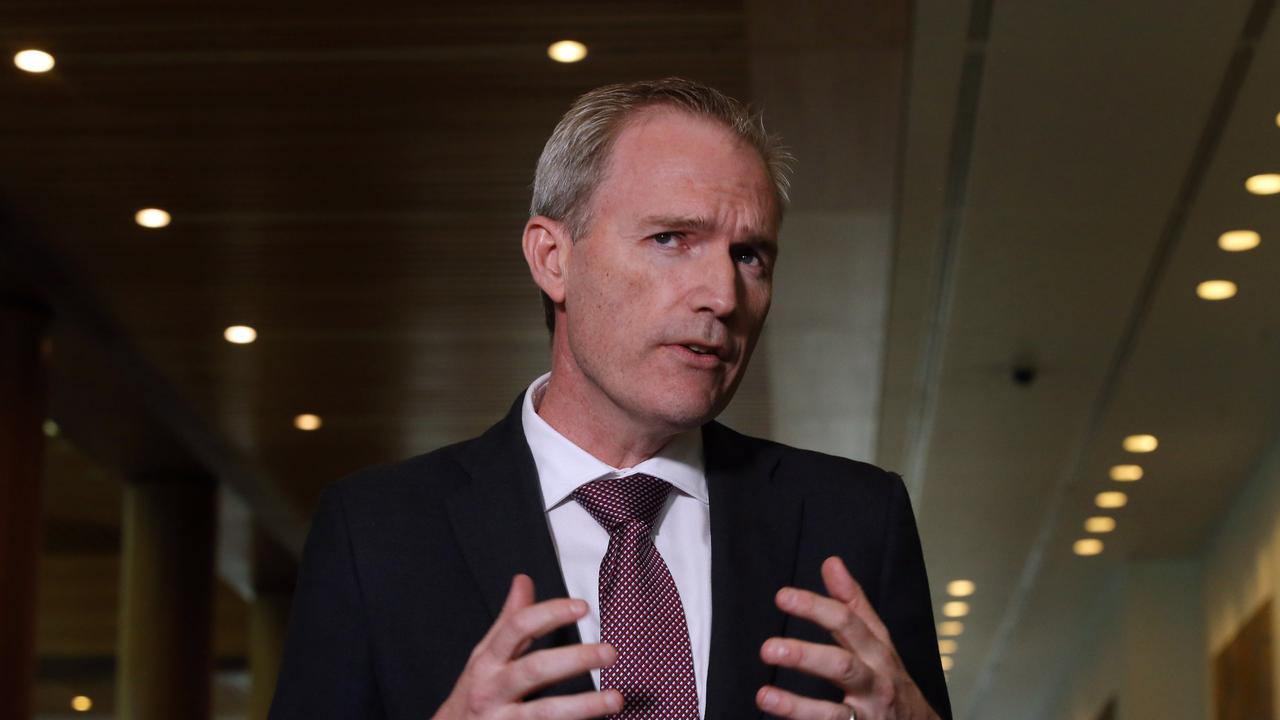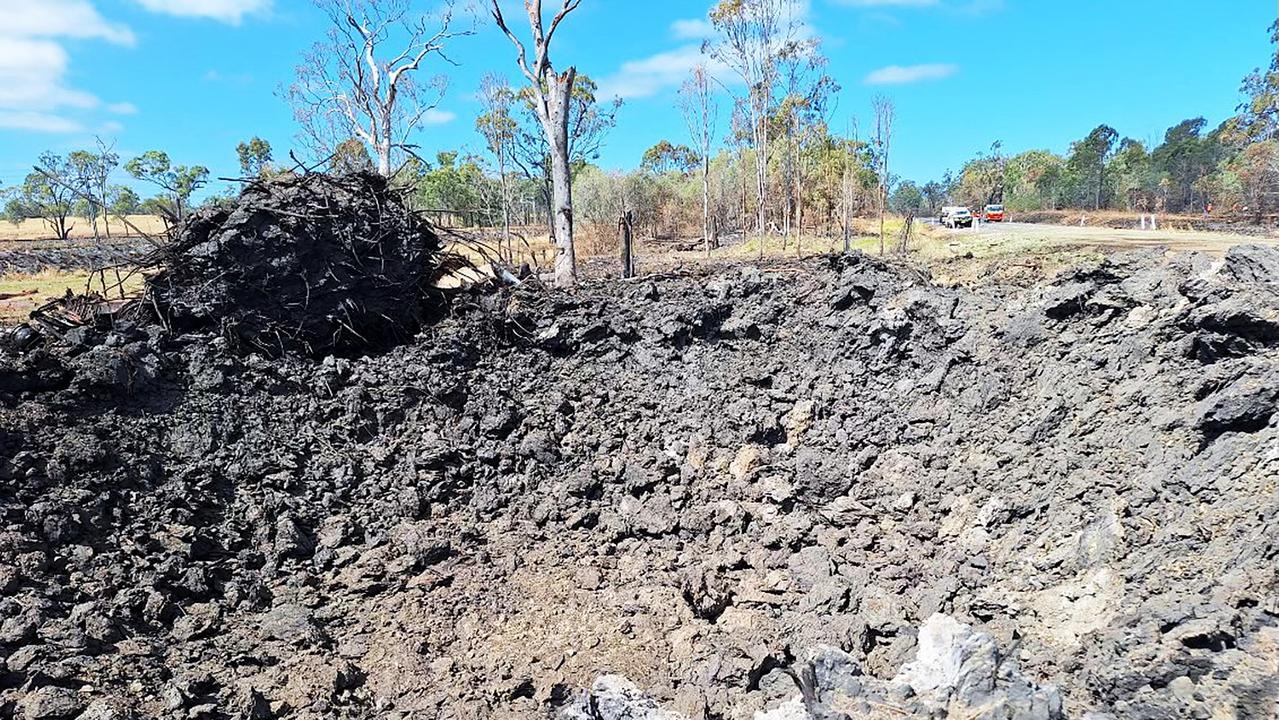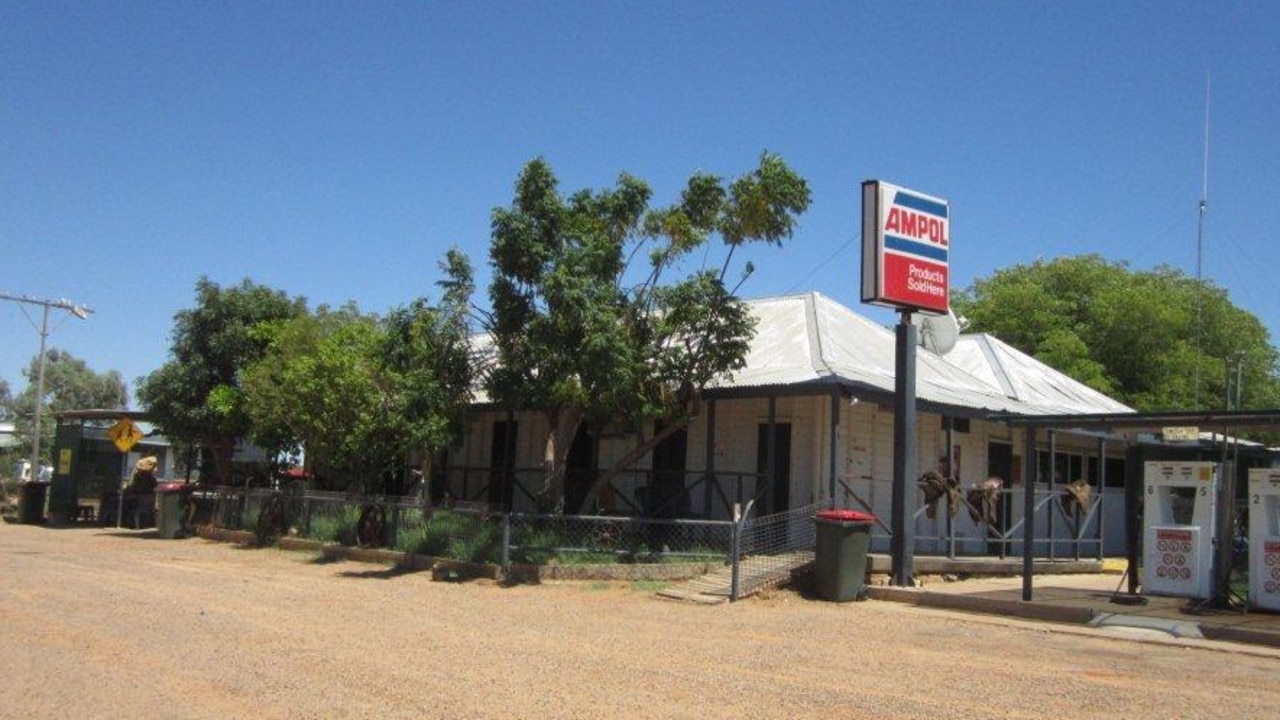Worst places for internet access in Qld revealed – and what needs to be done to fix it
Only one regional area in Queensland meets or exceeds the national average for digital access, with others falling well behind.
Bush Summit
Don't miss out on the headlines from Bush Summit. Followed categories will be added to My News.
Townsville is the only regional area in Queensland meeting or exceeding the national average for digital access, with western parts of the state falling well behind.
Affordability, network congestion and a lack of understanding about the connectivity options available are among the issues that need to be tackled to close the gap between the regions and the southeast, industry leaders say.
Communications Minister Michelle Rowland said the government was investing $400 million to expand mobile coverage and $200 million for connectivity solutions in regional areas.
But Opposition communications spokesman David Coleman said Queenslanders were being short-changed, with just four out of 54 locations receiving funding for the Albanese Government’s mobile black spot program being located in the state.

Remote Indigenous communities, such as Aurukun, Mornington and Doomadgee have the worst digital access in the state, according to the Australian Digital Inclusion Index, while western Queensland towns like Quilpie, Barcoo, Barcaldine, Longreach and Richmond are also flagging well behind.
The Australian Digital Inclusion Index, a research collaboration between research collaboration between the RMIT, Swinburne University and Telstra, and gives a rating on digital access to local government areas of between 0 and 100.
Access is measured by frequency and intensity of use, connection type, data allowance and speed as well as the type of devices.
The national average is 72/100, and was met or equalled by most cities in the southeast as well as Townsville.
But Longreach, Barcaldine, and Richmond were 16 points behind the national average, while Aurukun was rated just 34/100.
Australian Communications Consumer Action Network CEO Andrew Williams said most regional areas now had some way of connecting to high-speed internet, whether it was through the NBN, Skymuster, 4G or other fixed wireless.
But he said there were issues with affordability, network congestion and understanding about what connectivity issues were available.
“There’s a lot of load put on mobile networks towns, which causes congestion that makes it difficult for people to use their phones or internet,” Mr Williams said.
He said this could be exacerbated by a rise of streaming television, and in some locations by tourist seasons when an influx of visitors increased usage.

Increased competition among telcos in the regions would address the affordability issue, he said, but the government also needed to outline priorities for future place-based investment and consider establishing a regional, rural and remote communications fund for long-term investment.
Ms Rowland said the government was spending $2.4 billion to expand full-fibre NBN access to 1.5 million premises, including 182,000 locations in Queensland.
“Upgrades to the fixed-line NBN complements our work to expand the Fixed Wireless network and our recent launch of a new NBN Sky Muster Satellite that is delivering uncapped data in the bush,” she said.
Mr Coleman said while just four locations in Queensland – East Douglas, Emerald, Kuranda and Upper Stone – received funding in the most recent round of the mobile black spot program, there were 27 locations in NSW.
“Regional Queenslanders are being short-changed by the Albanese Government when it comes to funding to improve mobile coverage,” he said.






